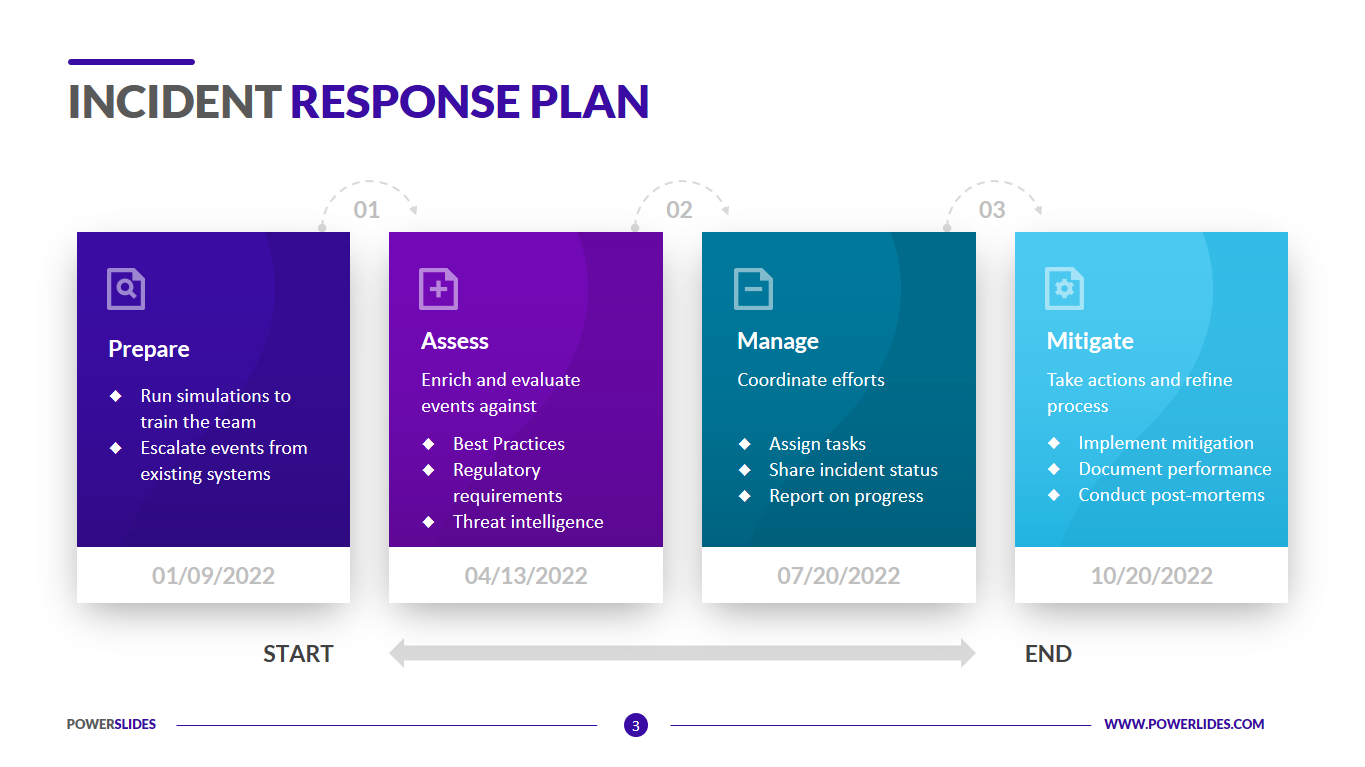
Navigating Cybersecurity Incidents: Effective Response Strategies
The ever-evolving landscape of cybersecurity presents businesses with both opportunities and challenges. With the increasing frequency and sophistication of cyber threats, having a robust incident response plan is essential for organizations to mitigate potential damage. In this article, we explore the importance of cybersecurity incident response plans and effective strategies for navigating through cyber threats.
Understanding the Cybersecurity Landscape
In today’s interconnected digital world, the threat landscape is diverse and constantly evolving. Cyberattacks can come in various forms, from ransomware and phishing attacks to sophisticated nation-state threats. Understanding the intricacies of the cybersecurity landscape is the first step towards building an effective incident response plan.
The Importance of Incident Response Plans
Cybersecurity incident response plans are proactive strategies designed to minimize damage and expedite the recovery process in the event of a cyber incident. These plans provide a structured approach to identify, contain, eradicate, recover, and learn from cybersecurity events. A well-crafted incident response plan is a crucial component of a resilient cybersecurity posture.
AstroidIT: Navigating Cybersecurity Incident Response Plans
Stay informed about the latest insights and resources on cybersecurity incident response plans by visiting AstroidIT. AstroidIT offers valuable information to help organizations develop and enhance their incident response capabilities in the face of evolving cyber threats.
Building a Comprehensive Incident Response Team
An effective incident response plan starts with a well-structured incident response team. This team typically includes individuals with expertise in IT, cybersecurity, legal, communication, and management. A coordinated effort among team members ensures a swift and effective response to cybersecurity incidents.
Detection and Early Warning Systems
The ability to detect cybersecurity incidents early is paramount. Implementing robust detection and early warning systems, such as intrusion detection systems and security information and event management (SIEM) solutions, enables organizations to identify and respond to threats before they escalate.
Incident Classification and Triage
Upon detection of a cybersecurity incident, organizations need a systematic approach to classify the severity of the incident and prioritize their response efforts. Incident triage helps allocate resources efficiently, focusing on the most critical aspects of the incident first.
Containment Strategies
Once an incident is identified and classified, the next crucial step is containment. Effective containment strategies aim to prevent further damage and limit the impact of the incident. This may involve isolating affected systems, disabling compromised accounts, or implementing network segmentation.
Recovery and Restoration Procedures
After containing the incident, organizations must focus on recovery and restoration. This involves restoring affected systems and data to normal operations. Having comprehensive backup and recovery procedures in place ensures a smoother restoration process.
Post-Incident Analysis and Learning
A vital aspect of cybersecurity incident response plans is the post-incident analysis and learning phase. This involves a thorough examination of the incident, identifying vulnerabilities, assessing the effectiveness of the response, and incorporating lessons learned into future incident response improvements.
Continuous Improvement and Adaptation
The cybersecurity landscape is dynamic, with new threats emerging regularly. As such, incident response plans should not be static documents but living strategies that evolve with the threat landscape. Regular testing, training, and updating of incident response plans ensure they remain effective in the face of evolving cyber threats.
Legal and Regulatory Compliance
Cybersecurity incident response plans must align with legal and regulatory requirements. Organizations need to be aware of data breach notification laws and other relevant regulations. Incorporating legal and compliance considerations into incident response plans helps organizations meet their obligations and navigate potential legal ramifications.
In conclusion, navigating cybersecurity incidents requires a proactive and well-coordinated approach. Cybersecurity incident response plans play a pivotal role in minimizing the impact of cyber threats and ensuring a swift recovery. Visit AstroidIT for comprehensive resources on cybersecurity incident response plans and to stay updated on the latest developments in the cybersecurity landscape.




